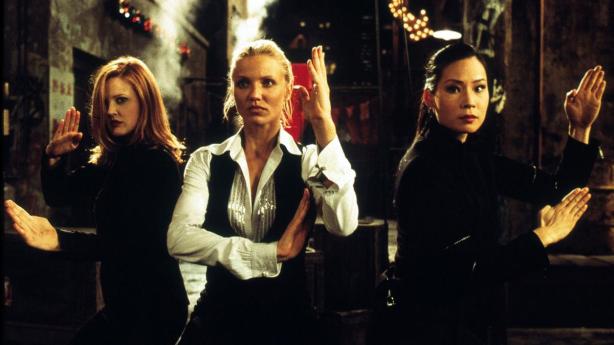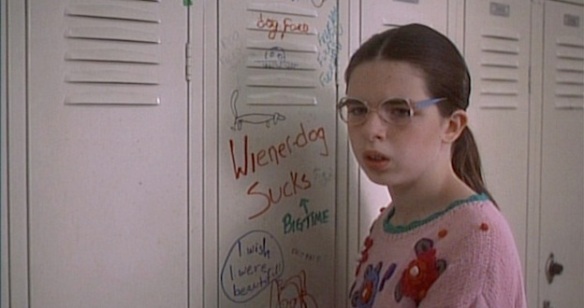
“Unrequited love kills more people than tuberculosis” a wealthy party guest tells the young Bobby Dorfman who has just arrived in Los Angeles eager to explore the opportunities this unfamiliar city holds. Woody Allen’s Cafe Society falls into that nostalgia category like Purple Rose of Cairo and Midnight in Paris that longs for a lost golden age, here for the luminous stars of the silver screen but following a love story divided by the loyalty and morals conducive of the 1930’s. It has that potent Allen flavor of a New York Jew as a fish out of water in California and many quirks that Allen displays in his own films being manifested perfectly by Jesse Eisenberg who plays Bobby. Where Society stands out is its strong cast, novelistic storytelling and the warm chemistry that is continually displayed by Eisenberg and Kristen Stewart in one of her best performances to date.
While taking in the sun drenched Beverly Hills homes and glamorous black tie parties by the pool, we enter the contrast of Bobby’s worlds. We’re stunned the beauty but reminded to look for what is real, past the facade of Hollywood. What draws Bobby to Vonnie (Stewart) is her down to earth nature which is reminiscent of his family back east. The film cuts between his days in California to the working class life of his overbearing mother Rose (Jeannie Berlin), his intellectual nihilistic brother in law Leonard (Stephen Kunken) and his gangster big brother Ben (Corey Stoll) which is the life he thought he wanted to leave behind. I was pleasantly distracted by the vintage aesthetic in the costumes, characters and dialogue that I didn’t overthink the fact that it’s never quite established what Bobby hopes to accomplish in LA aside from working menial jobs for his uncle and hot shot agent to the stars Phil (Steve Carell). It may be frustrating as a character motivation but also makes it relatable to young twenty somethings in 2016 who are still moving to this big city unsure of their aspirations aside from getting away from their familial environment. Allen nails some gorgeous LA landmarks like the Vista theater and Santa Monica pier pulling from existing relics of the past. He paints the pretty picture of the city even if it isn’t the right fit for Bobby.
Besides the backdrop eye candy, this is one of the most jovial Allen movies I’ve encountered in recent years. It’s ripe with humor with the situational comedy between Bobby and his encounter with an inexperienced but bright eyed hooker, his Yiddish family quarrels and Ben taking his persuasion methods a little too far. Where the script waivers is more around the flagrant voice over by Allen himself that overtakes scenes of dialogue I would have liked to see play out naturally. It sometimes is serviceable in introducing the audience to a variety of the background characters we wouldn’t have otherwise met but its prolonged presence becomes repetitive. It does contribute to that novelistic feel which at times sounds like Catcher in the Rye with similar scenarios involving prostitutes, exploring a new city and the distaste for “phonies”. The upside of this is also that it allows the viewer to more smoothly transition into the lives of the other Dorfmans that brings so much of atmosphere to the film.
Compared to last years Irrational Man, Cafe Society doesn’t come off as a rehash of previous Allen work. The humor, love triangle and surroundings are fresh and defined. There’s still this sense of rushed filmmaking as these are movies with a year turn around and scenes overlaid with VO that you’re not given a second to really taken in. There’s not clear sense of time in the film as you never know if this takes place in a matter of weeks, months or years. Maybe with some more room to breathe this could be elevated to a great Allen but I’m sure it’s fine settling for good.


















